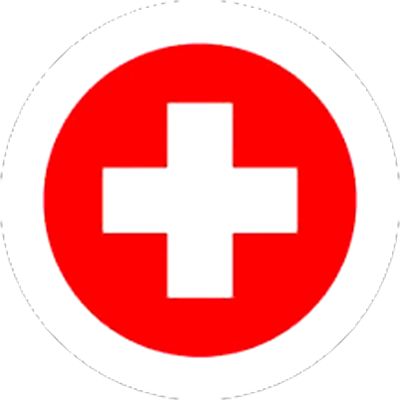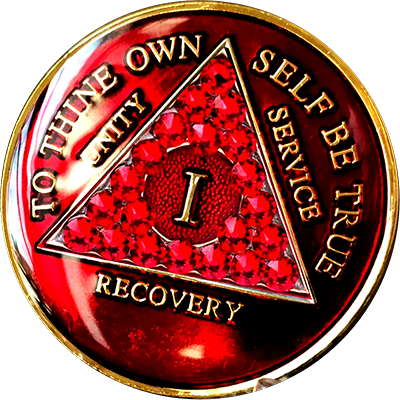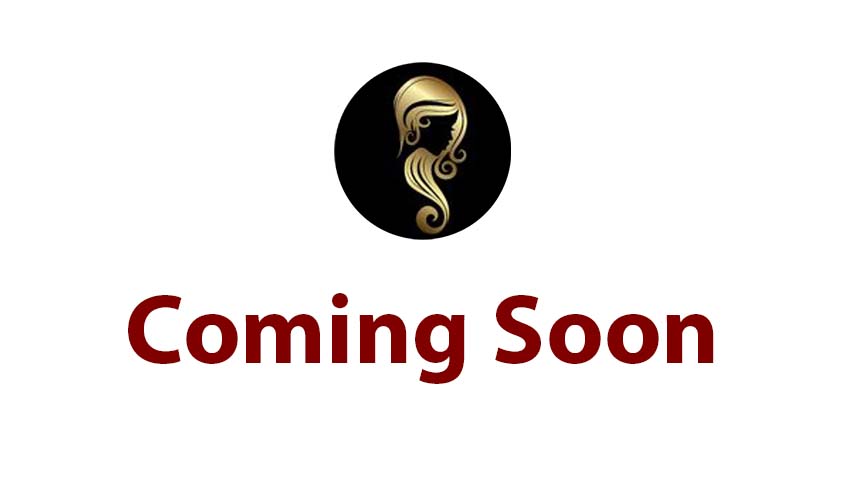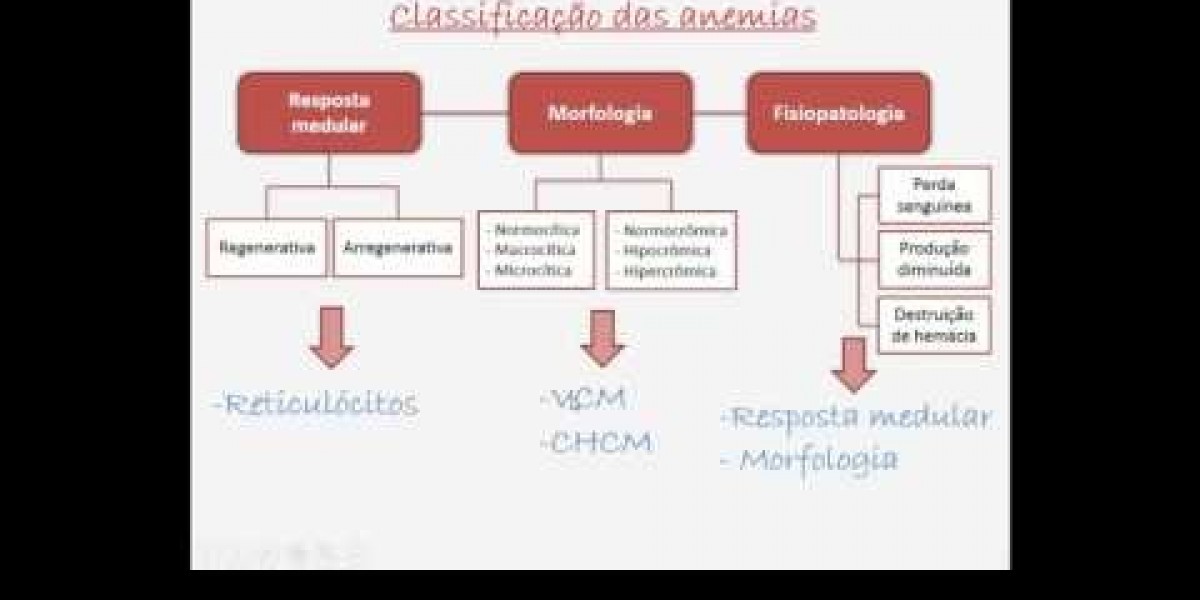These conditions range from simple issues such as small holes between heart chambers to more complex anomalies involving abnormal development of heart valves or major blood vessels. With medical advancements and access to specialised care, timely intervention through procedures like Paediatric heart surgery in India can significantly improve outcomes and quality of life for affected children.
What Are Congenital Heart Defects?
CHDs occur when the heart or blood vessels near the heart do not develop normally before birth. The exact cause often remains unknown but may involve genetic factors, maternal health conditions like diabetes, infections during pregnancy, or exposure to harmful substances.
There are two major types of CHDs:
Cyanotic CHDs – These affect oxygen levels in the blood, causing the skin and lips to appear blue.
Acyanotic CHDs – These involve defects that may not immediately alter oxygen levels but can strain the heart over time.
Common Types of CHDs
Atrial Septal Defect (ASD): A hole between the upper heart chambers.
Ventricular Septal Defect (VSD): A hole between the lower chambers.
Tetralogy of Fallot (TOF): A combination of four heart abnormalities.
Patent Ductus Arteriosus (PDA): Failure of a fetal blood vessel to close after birth.
Signs Parents Should Watch For
Some CHDs are detected during prenatal scans, but others may only become noticeable after birth or even later in childhood. Key signs include:
Rapid breathing or breathlessness
Poor weight gain
Fatigue during feeding
Frequent respiratory infections
Bluish tint to lips, fingers, or toes (cyanosis)
If any of these symptoms are observed, prompt evaluation by a paediatric cardiologist is crucial.
Diagnosis and Treatment
Diagnosis typically involves echocardiography, chest X-rays, ECG, and sometimes MRI or cardiac catheterisation. Once diagnosed, treatment options vary depending on the severity and type of defect.
Medication may be used to manage symptoms or delay surgery.
Minimally invasive procedures like device closure for ASD or PDA.
Open-heart surgery is necessary for complex defects or when catheter-based methods are not suitable.
Choosing the Right Medical Facility
India has become a preferred destination for advanced paediatric cardiac care, offering top-tier facilities, experienced surgeons, and cost-effective treatment. Hospitals across metropolitan cities are equipped with cutting-edge technology and multi-disciplinary teams skilled in managing paediatric heart conditions.
Role of Parents and Post-Surgical Care
After surgery, children often require regular follow-ups, medication, and lifestyle adjustments. Parental support, nutrition, and early intervention services such as physiotherapy or speech therapy play a key role in the child’s long-term development.
Conclusion
Facing a diagnosis of a congenital heart defect can be overwhelming for parents. However, with awareness, early detection, and expert intervention, many children go on to lead full, active lives. Choosing the right medical partner is essential. Paediatric heart surgery in India is now not only accessible but also world-class, helping families navigate this journey with confidence and hope.
































